
Ralph Lauren owns more automotive history than most prestigious museums display in their main halls. His seventeen-car collection brings together the absolute pinnacle of design and engineering excellence that spans from the roaring twenties to today. When you stand among these vehicles, you’re witnessing everything from the raw power of a 1929 Bentley Blower to the hybrid technology of a 2015 LaFerrari. This fashion mogul clearly pours the same passion into his automotive art as he does into his clothing designs.
These carefully selected treasures tell us as much about Lauren’s exquisite taste as they do about the evolution of automotive history.
17. 1929 Bentley 4 1/2 L Blower (Exterior)
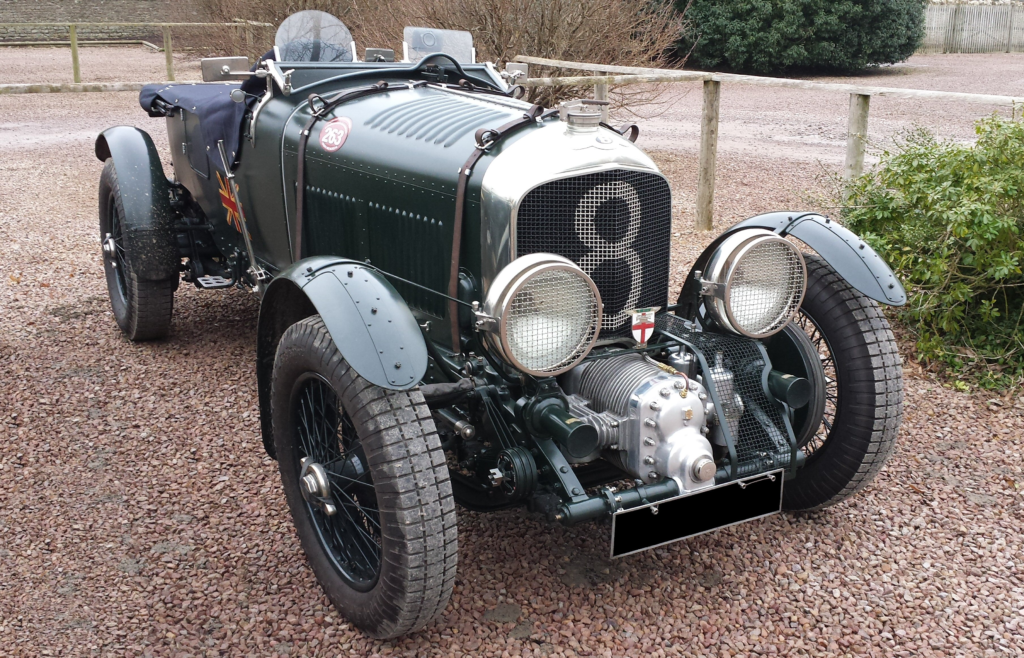
Raw pre-war racing power defines the 1929 Bentley 4 1/2 L Blower with its distinctive supercharger mounted prominently at the front. This British racing machine features a massive 4.5-liter engine boosted by that iconic supercharger, creating the distinctive whine that announced its arrival on racetracks. The long, imposing hood houses mechanical craftsmanship that was revolutionary for its time. The large headlamps, exposed rivets, and minimal weather protection showcase its pure racing heritage.
1929 Bentley 4 1/2 L Blower (Interior)
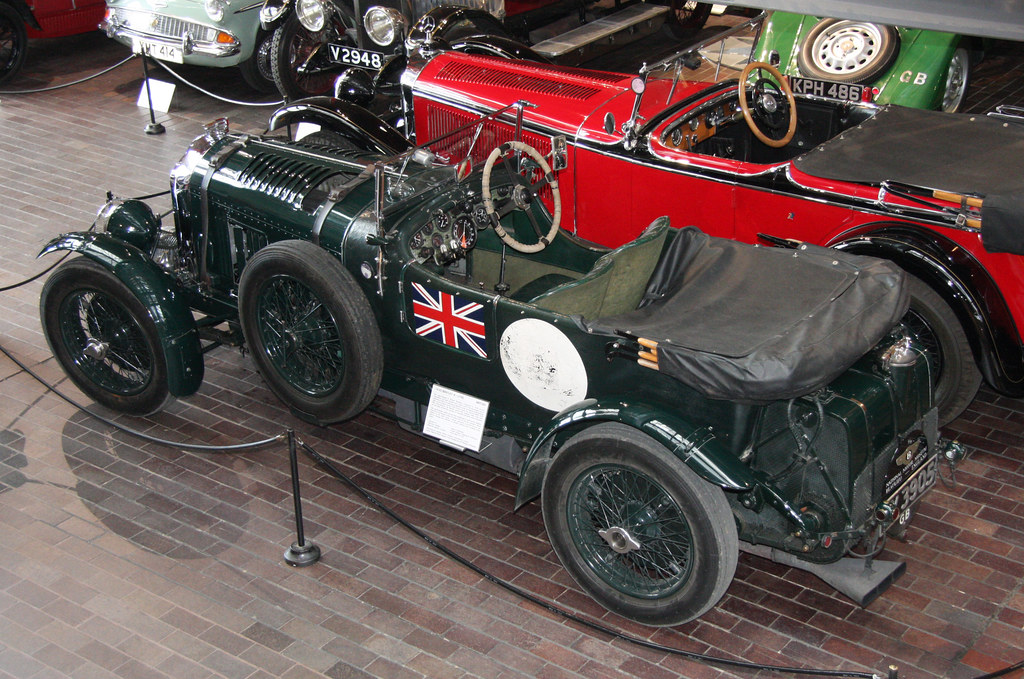
Functionality trumps luxury in the Bentley Blower’s cockpit, stripped down for pure racing performance. Spartan by design, the interior features a large wood-rimmed steering wheel and minimalist gauges that provide only essential information. The leather seats develop a rich patina that tells the story of every mile driven. There’s no insulation from engine noise or vibration—this car connects driver to machine in the most direct way possible.
The mechanical handbrake and floor-mounted shifter require deliberate physical effort, engaging the driver in every aspect of controlling this powerful machine.
16. 1930 Mercedes-Benz SSK ‘Count Trossi’ (Exterior)

Unlike any other SSK, the 1930 Mercedes-Benz SSK ‘Count Trossi’ commands attention with its unique coachwork. The jet-black exterior features a long, flowing hood that dominates two-thirds of the car’s length, tapering to a distinctive pointed nose. Italian Count Carlo Felice Trossi commissioned this dramatic, shark-like body after purchasing the chassis. The sweeping fenders curve gracefully over the wheels, creating a continuous line from front to rear.
Lauren’s example maintains the original proportions with fanatical attention to detail. The car’s low stance and dramatic proportions make it instantly recognizable even among the rarest classics.
1930 Mercedes-Benz SSK ‘Count Trossi’ (Interior)
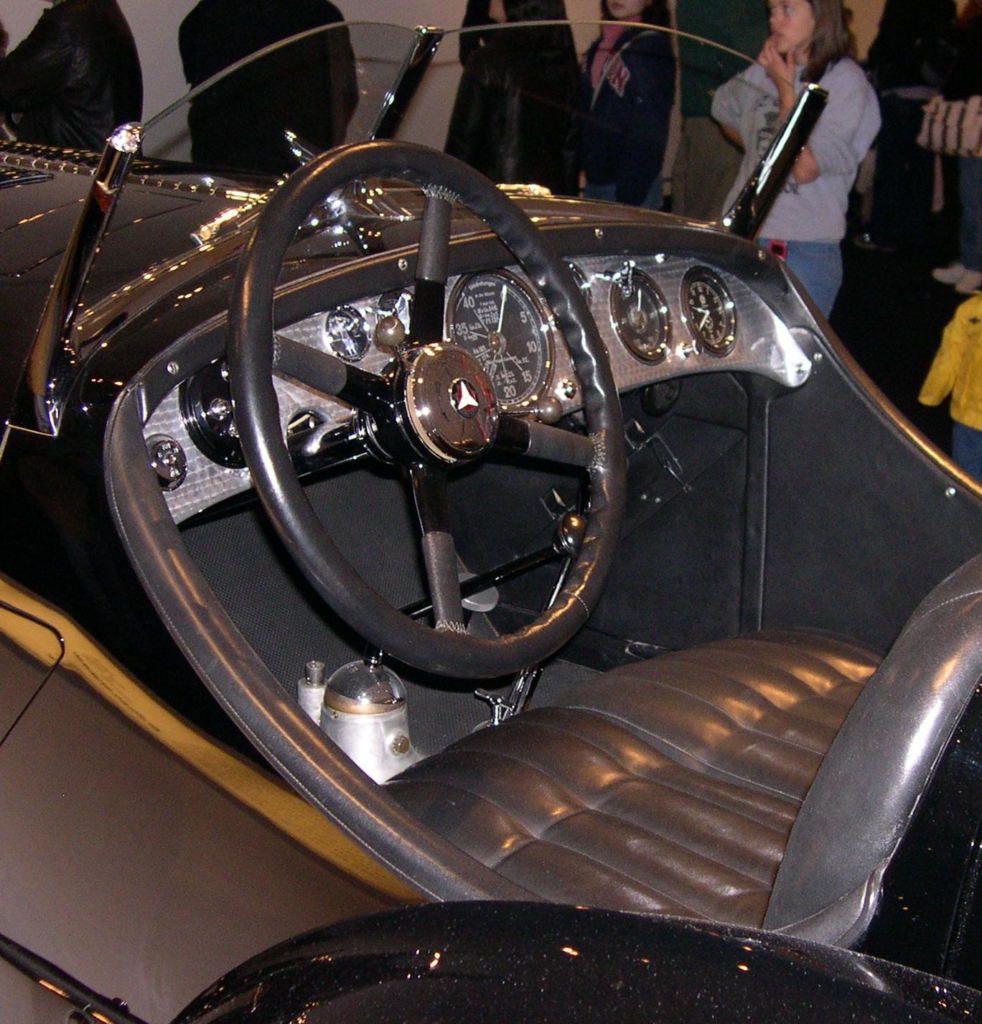
Dramatic contrast defines the Black Prince’s interior, matching its exterior’s bold style with obsessive attention to detail. Rich red leather covers the seats and door panels, creating striking visual impact against the black exterior. The dashboard houses classic Mercedes instrumentation with large, readable gauges positioned directly in front of the driver. The large four-spoke steering wheel frames the view ahead, while the shifter requires deliberate movement through its gate.
Count Trossi specified minimal chrome inside, maintaining the car’s dark, mysterious character throughout. The driving position sits low in the chassis, connecting the driver directly to the road surface and the car’s mechanical heart.
15. 1938 Bugatti 57SC Atlantic (Exterior)
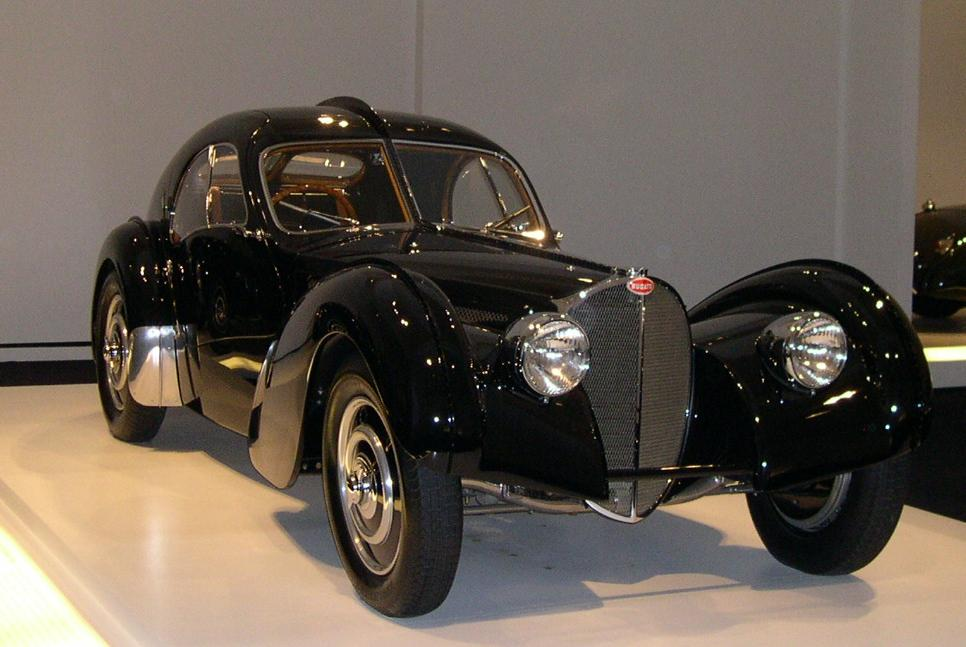
Automotive art takes physical form in the 1938 Bugatti 57SC Atlantic with its impossibly beautiful proportions and detailing. This $150 million masterpiece features the iconic seam running along its spine—a vestige of Bugatti’s plan to build the body from magnesium. The teardrop shape creates perfect proportions from every angle, with fenders that flow seamlessly into the body. Its low-slung stance houses a supercharged 3.3-liter straight-eight engine.
Lauren’s Atlantic is one of just two original examples remaining, making it among the rarest production cars in existence. The blue-black paint highlights every curve and reflects light in a way that accentuates Jean Bugatti’s revolutionary design.
1938 Bugatti 57SC Atlantic (Interior)
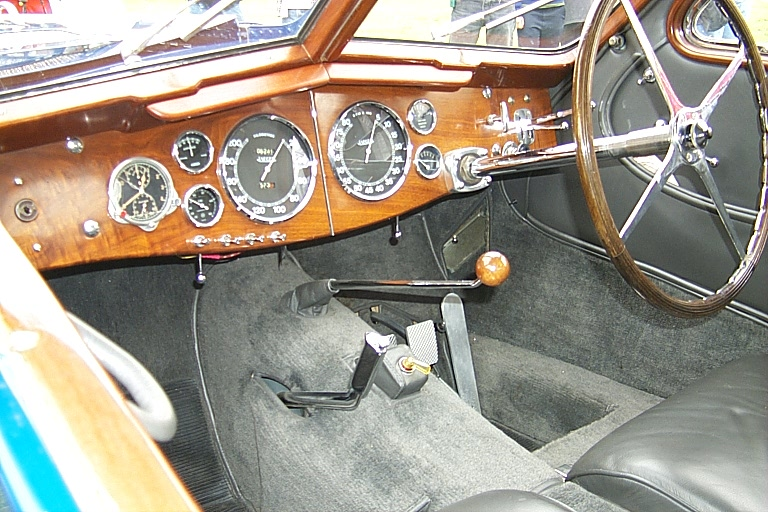
Art Deco influences pervade the Atlantic’s cockpit, creating a space that’s both functional and beautiful. The engine-turned dashboard houses perfectly arranged gauges with classic Bugatti clarity. Light streams through the split rear window, highlighting the rich leather that covers nearly every surface. The large steering wheel frames the view ahead, while the shifter requires deliberate movement through its gate.
The Atlantic’s interior space feels surprisingly intimate for such a legendary car—it wraps around the driver and passenger. Everything from the pedals to the door handles features the highest level of period craftsmanship, showcasing why this car commands its astronomical value.
14. 1954 Ferrari 375 Plus (Exterior)
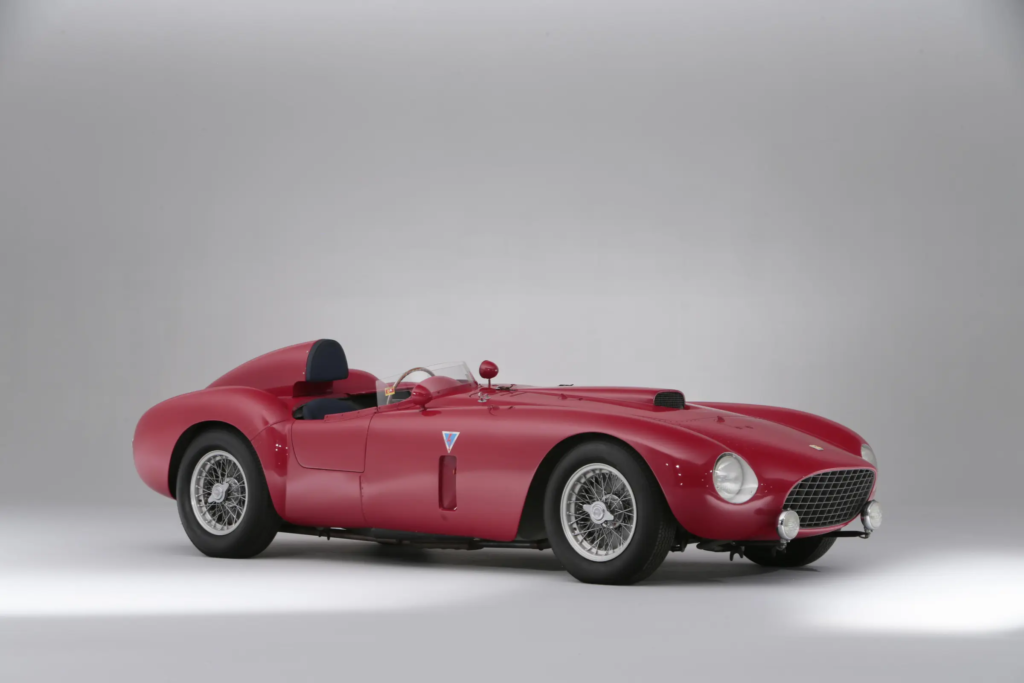
Long, sculpted lines dominate the 1954 Ferrari 375 Plus with its competition-bred proportions. This Ferrari road racer uses a massive 4.9-liter V12 producing 330 horsepower—phenomenal for its era. The hand-formed aluminum body features minimal ornamentation, focusing instead on pure aerodynamic function. The front fenders rise above the hood line before flowing seamlessly into the doors. Lauren’s example wears Ferrari’s classic red paint, highlighting every curve and surface change. Large wire wheels tuck under bulging fenders, emphasizing the car’s road-hugging stance.
The exposed headlights and minimal bumpers reveal its racing heritage and no-compromise approach to speed.
1954 Ferrari 375 Plus (Interior)
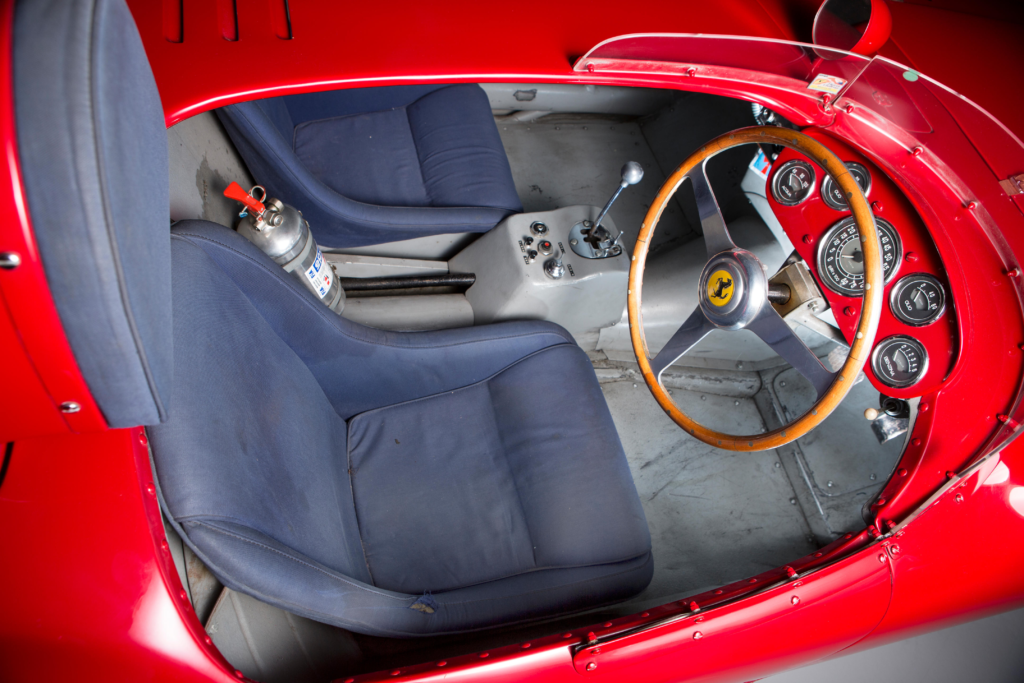
Physics trumps comfort inside the 375 Plus, where racing-focused simplicity rules the cabin. The large tachometer takes center position in the dash, showcasing Ferrari’s priority of engine management over speed indication. Thin-padded seats covered in rich leather provide just enough cushioning for long-distance racing. The large wood-rimmed steering wheel requires significant effort to turn, connecting the driver directly to the front wheels. Minimal sound insulation allows the V12’s mechanical symphony to fill the cabin. Toggle switches and purposeful controls remind you this is a competition machine first, gentleman’s express second.
13. 1955 Mercedes-Benz 300SL Gullwing (Exterior)
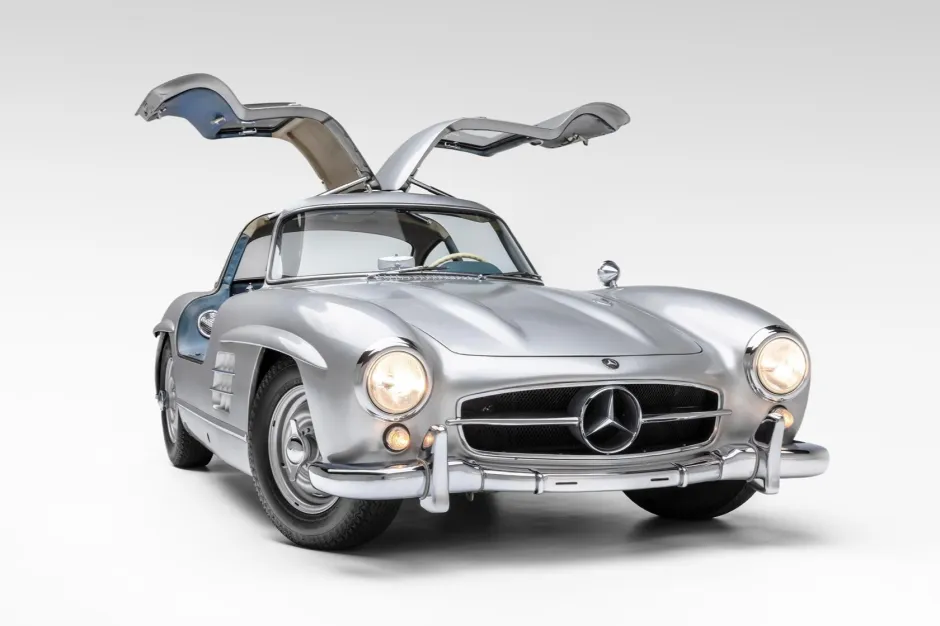
Aerospace engineering meets road car design in the 1955 Mercedes-Benz 300SL Gullwing with its distinctive doors and purposeful shape. Its tubular space frame forced engineers to develop the iconic upward-opening doors that gave the car its nickname. The long hood houses a 3.0-liter straight-six engine tilted to the side to lower the hood line. Lauren’s silver example highlights the car’s clean lines and perfect proportions. The distinctive side vents cut into the front fenders aren’t just styling—they extract engine heat during high-speed runs.
The 300SL introduced aerodynamic considerations to road cars, with its rounded surfaces and integrated headlights reducing drag significantly.
1955 Mercedes-Benz 300SL Gullwing (Interior)
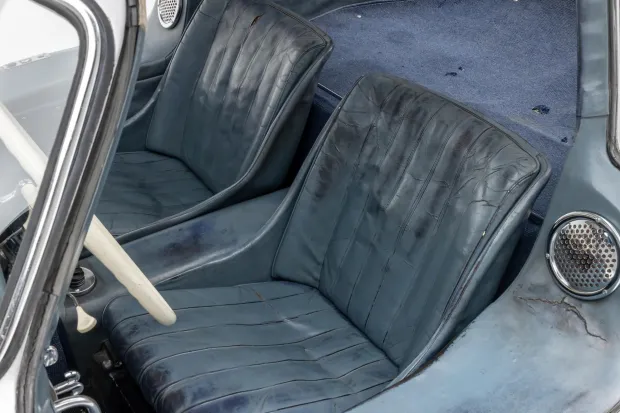
Driver focus defines the Gullwing’s interior, where function dictates form in an environment built for serious driving. The plaid cloth seat inserts in Lauren’s car prevent sliding during aggressive cornering while adding visual interest to the cabin. The large, thin-rimmed steering wheel provides leverage for non-assisted steering. The dash houses clear Becker gauges that report essential information without distraction.
Getting in requires a specific technique—sit on the wide sill, swing legs in, then follow with torso—a small price for the car’s engineering brilliance. The shifter falls naturally to hand, positioned perfectly for quick gear changes during spirited driving.
12. 1957 Cadillac Eldorado Biarritz (Exterior)
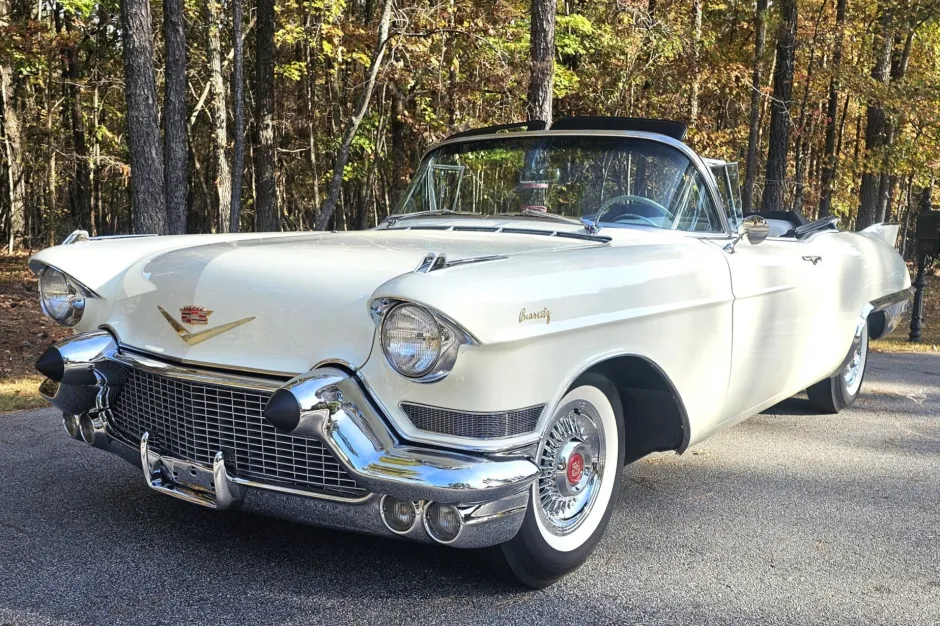
Jet-age styling explodes across the 1957 Cadillac Eldorado Biarritz with unapologetic American flair. This open-top cruiser stretches nearly 19 feet from its bullet bumpers to its razor-edged tailfins. Chrome accents highlight every body line, catching sunlight from every angle. Lauren’s example wears deep black paint that contrasts dramatically with the bright work and red interior. The massive hood conceals Cadillac’s 365-cubic-inch V8 producing 325 horsepower. Its low, wide stance emphasizes the horizontal body lines that sweep from front to rear.
The power-operated soft top disappears completely when lowered, creating a pure convertible profile.
1957 Cadillac Eldorado Biarritz (Interior)

Living-room luxury travels the open road in the Eldorado’s spacious and opulent interior. Red leather covers nearly every surface, creating a dramatic environment that matches the exterior’s boldness. The dashboard stretches horizontally across the cabin, housing jet-inspired gauges and controls. The wide bench seat accommodates three adults comfortably, with power adjustment for the driver. The thin-rimmed steering wheel features horn rings and power assistance—rare luxuries for the era. Electric windows, seat adjustment, and top operation demonstrate Cadillac’s technical prowess.
The radio and climate controls use hefty chrome knobs that operate with satisfying mechanical precision.
11. 1958 Ferrari 250 Testa Rossa (Exterior)
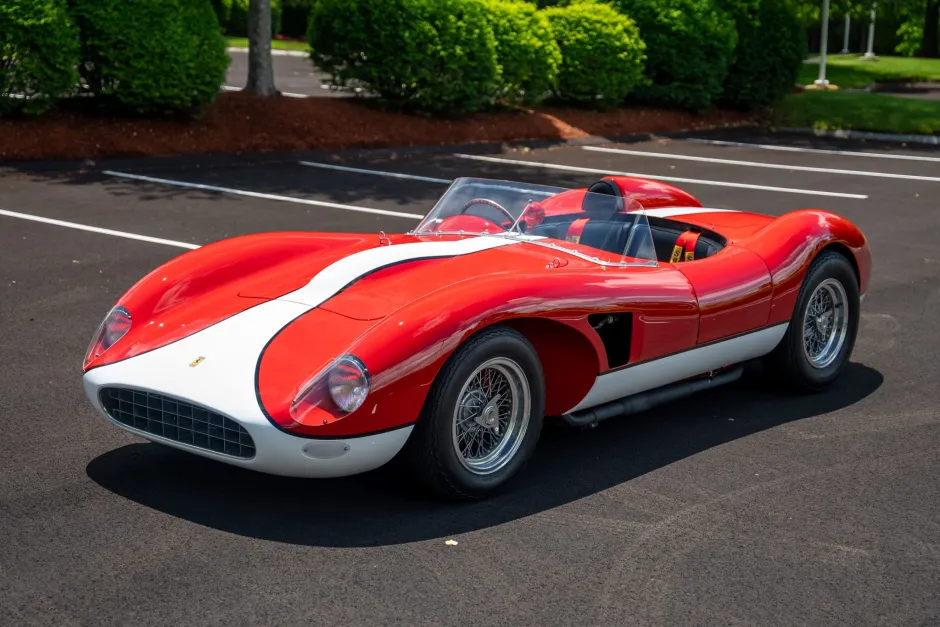
Sculpture meets engineering in the 1958 Ferrari 250 Testa Rossa with its race-winning performance and distinctive bodywork. This pontoon-fendered masterpiece features unique cutaway front fenders that improve cooling while creating its unmistakable profile. The 3.0-liter V12 engine, with its red valve covers that gave the car its “red head” name, delivers 300 horsepower. Lauren’s example wears traditional Ferrari red with a white racing stripe and roundels. The low windscreen offers minimal wind protection, prioritizing aerodynamics over comfort.
Wire wheels with knock-off hubs allow quick changes during pit stops. The hood scoop feeds air directly to the triple Weber carburetors, while the compact dimensions maximize agility on tight circuits.
1958 Ferrari 250 Testa Rossa (Interior)

Racing functionality defines every aspect of the Testa Rossa’s cockpit with zero concessions to luxury. The large tachometer dominates the simple instrument panel, keeping the driver informed of the V12’s critical operating range. Thin bucket seats wrapped in blue leather provide just enough support for endurance racing. The large wood-rimmed steering wheel offers the leverage needed for the unassisted steering. A simple shift gate guides the driver through the precise 4-speed transmission. Minimal sound insulation means the V12’s mechanical symphony surrounds the driver at all times.
The bare aluminum floor shows rivets and construction details—unnecessary weight was simply eliminated.
10. 1958 Jaguar XKSS (Exterior)
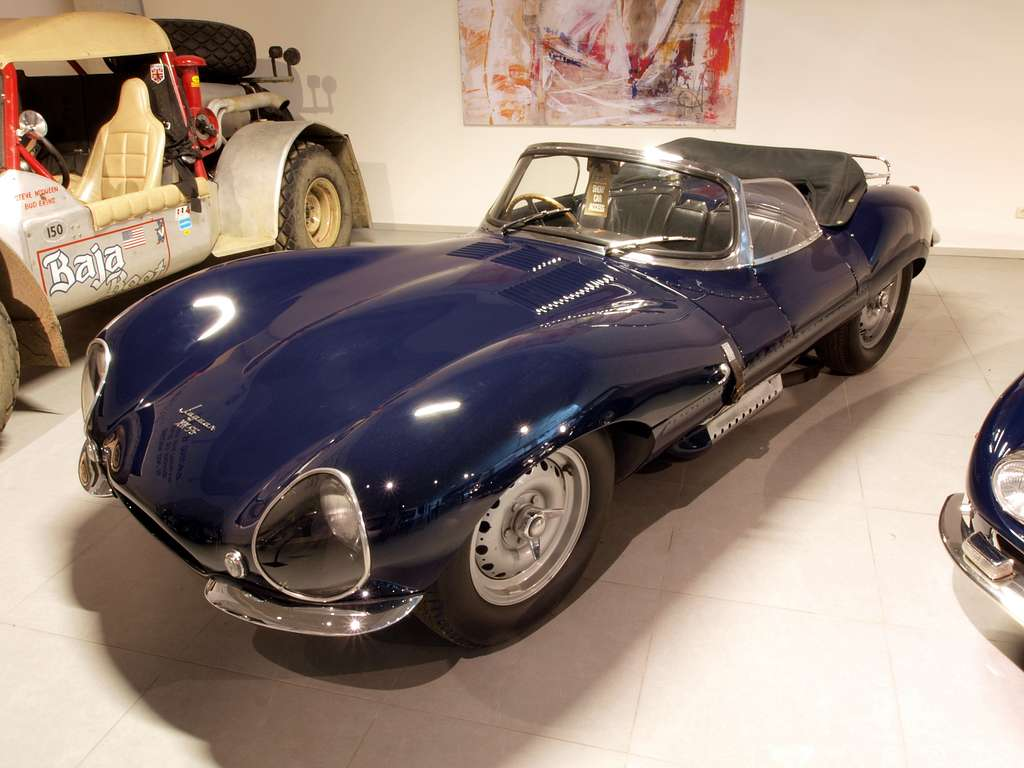
Le Mans-winning technology comes straight to the street in the 1958 Jaguar XKSS with minimal domestication. This road-legal D-Type features a 3.4-liter straight-six producing 262 horsepower—enough to reach 149 mph when new. The hand-formed aluminum body maintains the racing car’s aerodynamic profile while adding minimal road equipment. Lauren’s dark green example highlights the flowing fenders and distinctive tail fin. The side-exit exhaust announces the car’s competition heritage with an unmistakable sound. Only 16 examples exist after a factory fire destroyed the remaining planned production.
The removable windscreen allows for either racing goggles or wind-in-hair motoring depending on the driver’s preference.
1958 Jaguar XKSS (Interior)
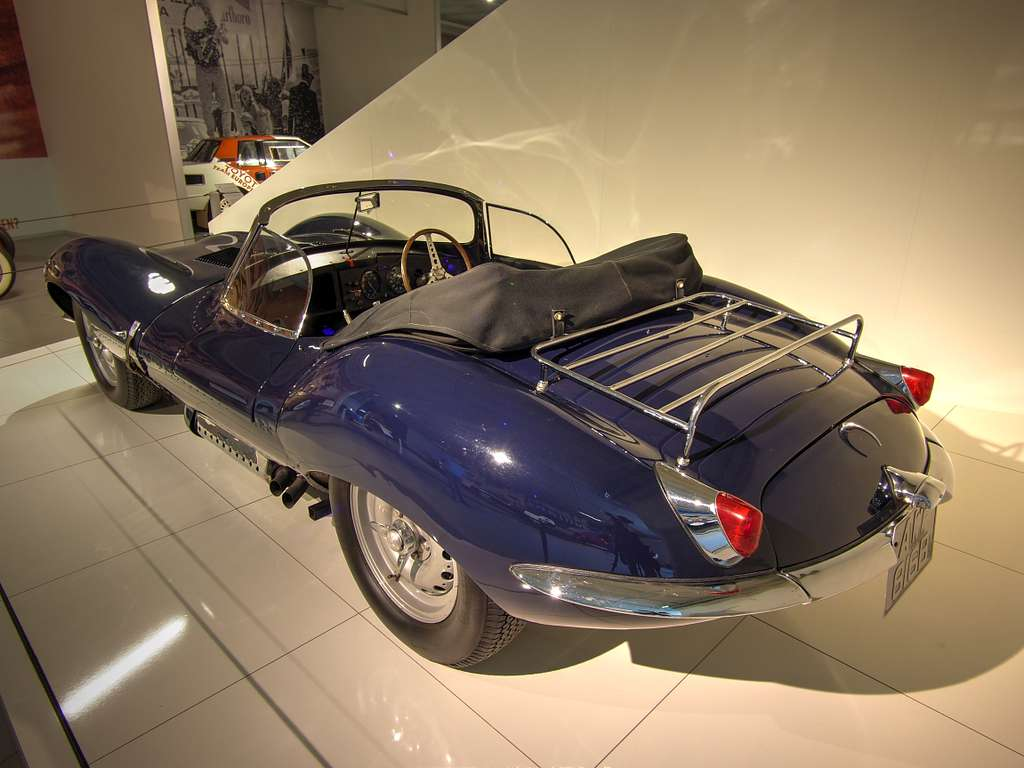
Racing meets road car practicality inside the XKSS, with just enough comfort to make it street-usable. The bucket seats provide better support than the pure race D-Type while maintaining the low seating position. The large wooden steering wheel frames simple Smiths gauges that report essential information. The exposed gear lever operates through a precise pattern with no synchronizers on first gear—a reminder of its competition roots. Lauren’s example features a leather-wrapped dashboard housing the minimal switchgear. The door panels contain simple pull straps rather than complex mechanisms.
Everything about this interior serves the driving experience with nothing superfluous added.
9. 1962 Ferrari 250 GTO (Exterior)
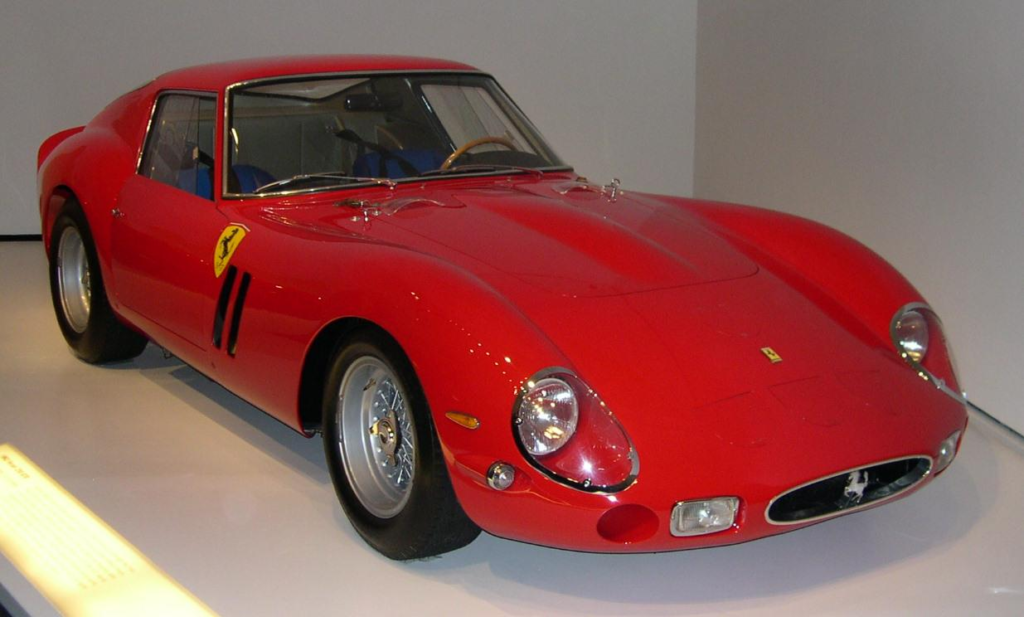
Perfect balance between form and function defines the 1962 Ferrari 250 GTO with no wasted lines or details. This $70 million icon houses a 3.0-liter V12 developed through years of racing experience. The long hood flows into a compact cabin and short rear deck—proportions that define automotive beauty. Lauren’s red example features the distinctive side vents and small spoiler that characterized the first series GTOs. The Plexiglass-covered headlights reduce drag while maintaining the car’s aggressive face.
Triple vents cut into the rear fenders extract air from the wheel wells at high speed. Every curve and surface serves a purpose while creating one of the most valuable cars in existence.
1962 Ferrari 250 GTO (Interior)

Essentials without excess characterize the GTO’s cockpit, which strips away everything unnecessary while maintaining minimal comfort for endurance racing. The classic gauge cluster houses large Veglia instruments with the tachometer centered in the driver’s view. Thin bucket seats covered in blue fabric provide just enough support without adding weight. The aluminum shift gate guides the tall lever through the precise 5-speed pattern. The wooden steering wheel’s large diameter provides leverage for quick directional changes. The pedals sit perfectly positioned for heel-and-toe downshifts.
Unlike pure race cars, the GTO includes minimal sound insulation and a heater—concessions to its dual-purpose role as both race and road car.
8. 1967 Ferrari 275 NART Spider (Exterior)
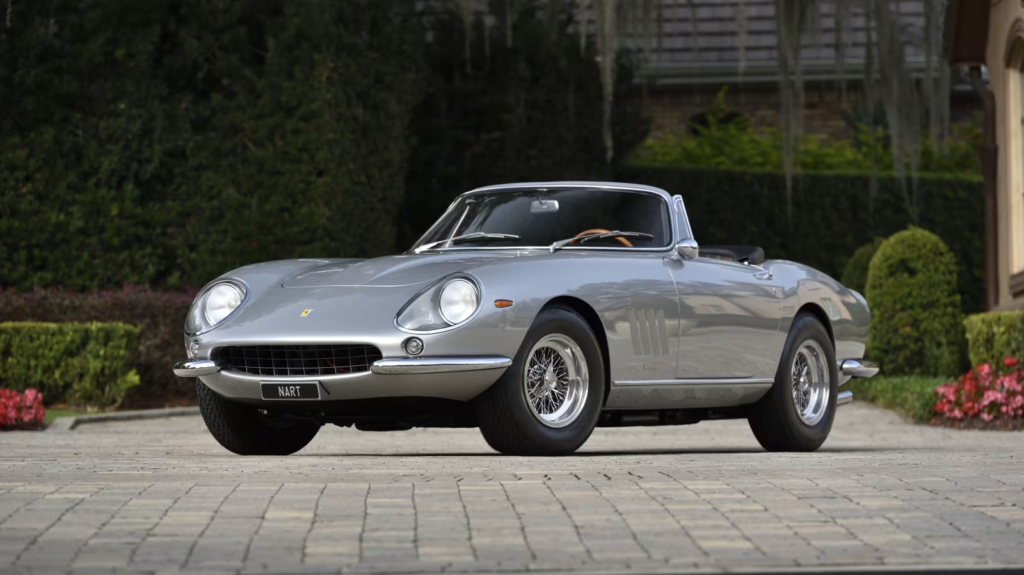
Extreme rarity meets open-air perfection in the 1967 Ferrari 275 NART Spider. Only 10 examples were built at the insistence of Luigi Chinetti, Ferrari’s North American importer. The Pininfarina-designed body features perfect proportions with a long hood and short deck that became Ferrari hallmarks. Lauren’s blue example showcases the clean lines uninterrupted by a roof. The 3.3-liter V12 produces 300 horsepower, sent through Ferrari’s first transaxle gearbox in a road car.
The headlights pop up from the smooth front end, maintaining aerodynamic cleanliness when closed. Chrome bumpers and trim add just enough visual interest without overwhelming the design. Wind-up windows and a proper convertible top make this a usable GT car.
1967 Ferrari 275 NART Spider (Interior)

Italian craftsmanship meets functional simplicity inside the NART Spider, balancing performance with comfort. The Connolly leather seats provide all-day support while holding occupants in place during spirited driving. Large Veglia gauges report critical information through the wood-rimmed steering wheel. The classic Ferrari metal gate guides the shifter through the 5-speed pattern. Lauren’s example features the classic tan interior that contrasts beautifully with the blue exterior. The center console houses simple controls for essential functions. The low dashboard provides excellent visibility with the top down.
Everything about this interior balances sporting intent with grand touring comfort—exactly what Ferrari intended for this flagship convertible.
7. 1971 Mercedes-Benz 280SE (Exterior)
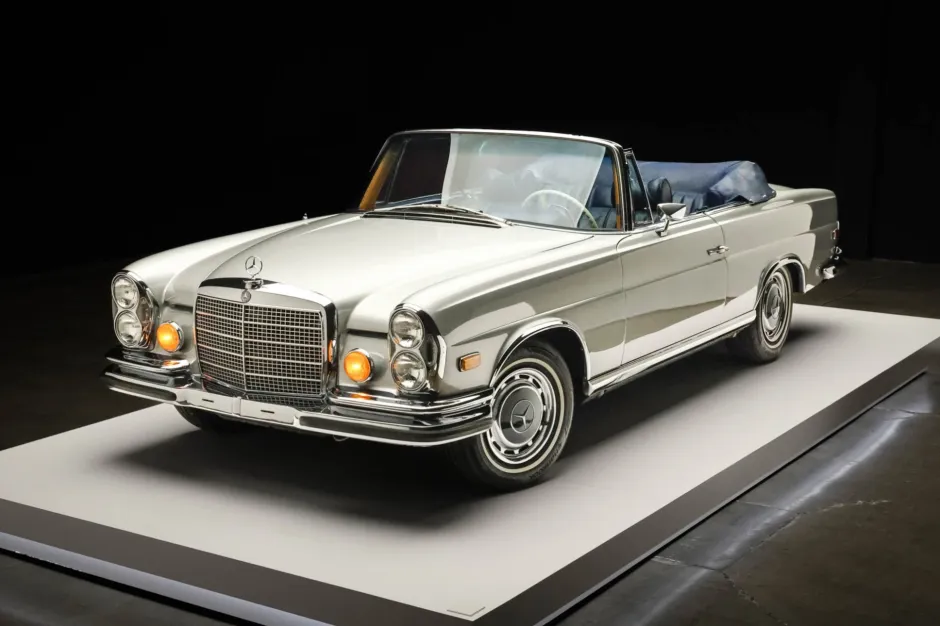
Understated luxury defines the 1971 Mercedes-Benz 280SE 3.5 Cabriolet with its impeccable engineering and classic proportions. The pillarless design creates a completely open greenhouse when all windows are lowered, even with the top up. The 3.5-liter V8 produces 200 horsepower, moving this substantial convertible with appropriate authority. Lauren’s silver example features the classic color combination that best highlights the car’s clean lines. The vertical headlights and iconic grille present a face that’s unmistakably Mercedes. Chrome accents outline the windows and body lines without overwhelming the design.
The power-operated top folds completely out of sight, preserving the car’s elegant profile in convertible mode.
1971 Mercedes-Benz 280SE (Interior)
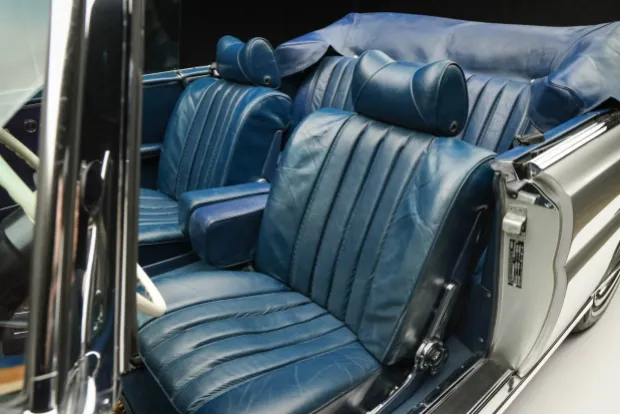
Handcrafted luxury surrounds occupants in the 280SE with materials built to last decades. The wood dashboard uses timber selected for grain matching and color consistency before being hand-finished to a deep shine. The seats wear thick leather that develops character with age while providing excellent support. The large steering wheel frames simple gauges that report essential information without unnecessary complications. Lauren’s example features black leather that contrasts with the silver exterior and wood trim. The console houses simple controls that operate with precision and tactile feedback. Electric windows and climate control provide modern convenience in this classic package.
6. 1988 Porsche 959 (Exterior)

Groundbreaking technology enables the 1988 Porsche 959 to deliver supercar performance with everyday usability. Its twin-turbocharged flat-six produces 444 horsepower, reaching 60 mph in 3.6 seconds—astounding for its era. The aerodynamic body maintains 911 DNA while incorporating advanced materials like Kevlar, aluminum, and composite plastics. Lauren’s silver example showcases the car’s clean lines that conceal its technical complexity. The active ride height system lowers the car at speed for improved stability. The integrated rear wing provides downforce without disrupting the smooth profile. The lightweight magnesium wheels house the first tire pressure monitoring system in a production car.
1988 Porsche 959 (Interior)

Traditional sports car elements merge with advanced technology inside the 959, creating perfect balance between heritage and innovation. The brown leather seats in Lauren’s car provide excellent support while maintaining comfort for long drives. The traditional five-gauge cluster keeps the tachometer center stage, surrounded by essential information. The all-wheel-drive controller allows driver adjustment of power distribution between axles. The shifter operates with typical Porsche precision through the 6-speed pattern. The steering wheel lacks power assistance, maintaining direct feedback from the road. Despite its technological complexity, the 959’s interior remains driver-focused with minimal distractions from the driving experience.
5. 1991 Ferrari F40 (Exterior)
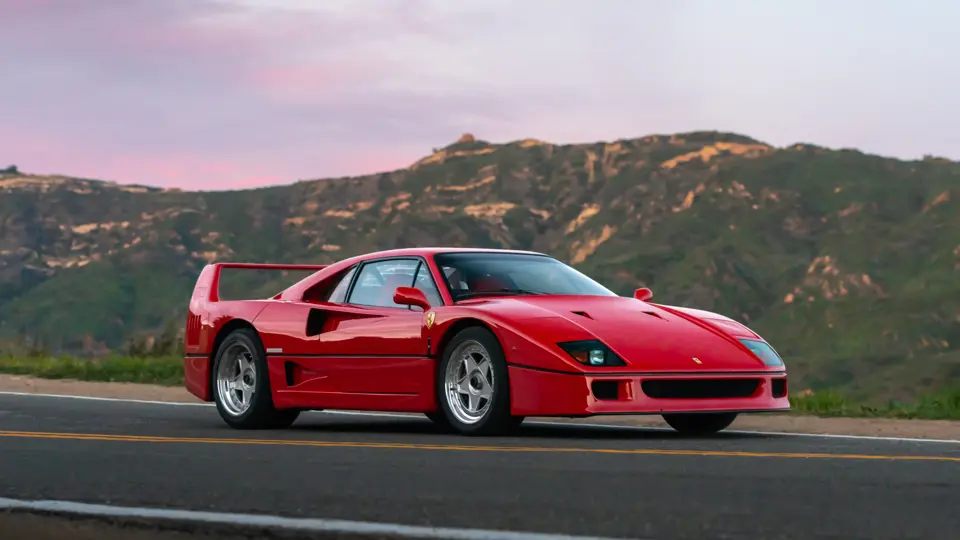
Function dictates form throughout the 1991 Ferrari F40, a machine that strips away unnecessary weight with carbon fiber, Kevlar, and lightweight glass. The 2.9-liter twin-turbocharged V8 produces 478 horsepower, pushing the F40 to 60 mph in 3.8 seconds. Lauren’s red example showcases the massive rear wing and dramatic NACA ducts that define the F40’s aggressive profile. The body surfaces reveal their purpose without stylistic flourishes—the raised center spine reinforces the structure while the side strakes channel air to the rear intakes.
The lift-up headlights maintain the clean front end when closed. The transparent engine cover displays the V8 like a mechanical jewel.
1991 Ferrari F40 (Interior)
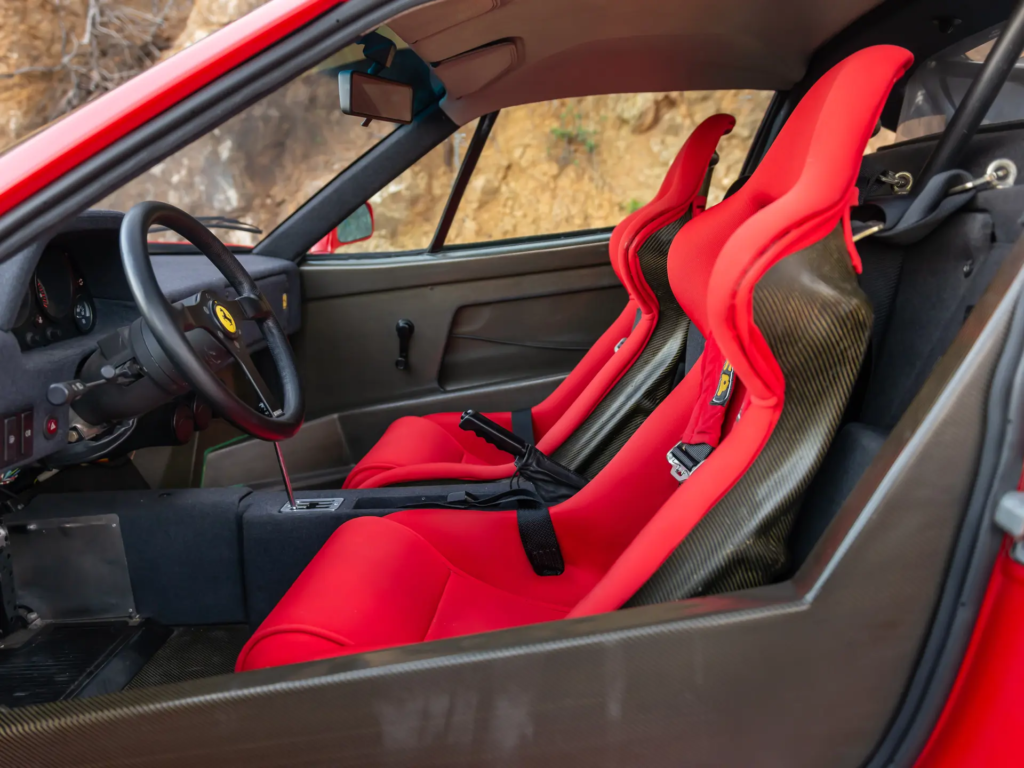
Weight reduction obsession shows throughout the F40’s cockpit, with zero concessions to luxury or comfort. Exposed carbon fiber panels remain uncovered, saving both weight and cost. The seats use basic cloth covering over minimal padding, secured directly to the chassis. The steering wheel lacks power assistance, connecting the driver directly to the front wheels. No radio, power windows, or carpeting distract from the driving experience. The shifter operates through a traditional Ferrari gate, demanding precision from the driver. Lauren’s example maintains the original simple red door pulls that replace conventional handles. The pedals sit perfectly positioned for heel-and-toe downshifts.
4. 1996 McLaren F1 (Exterior)
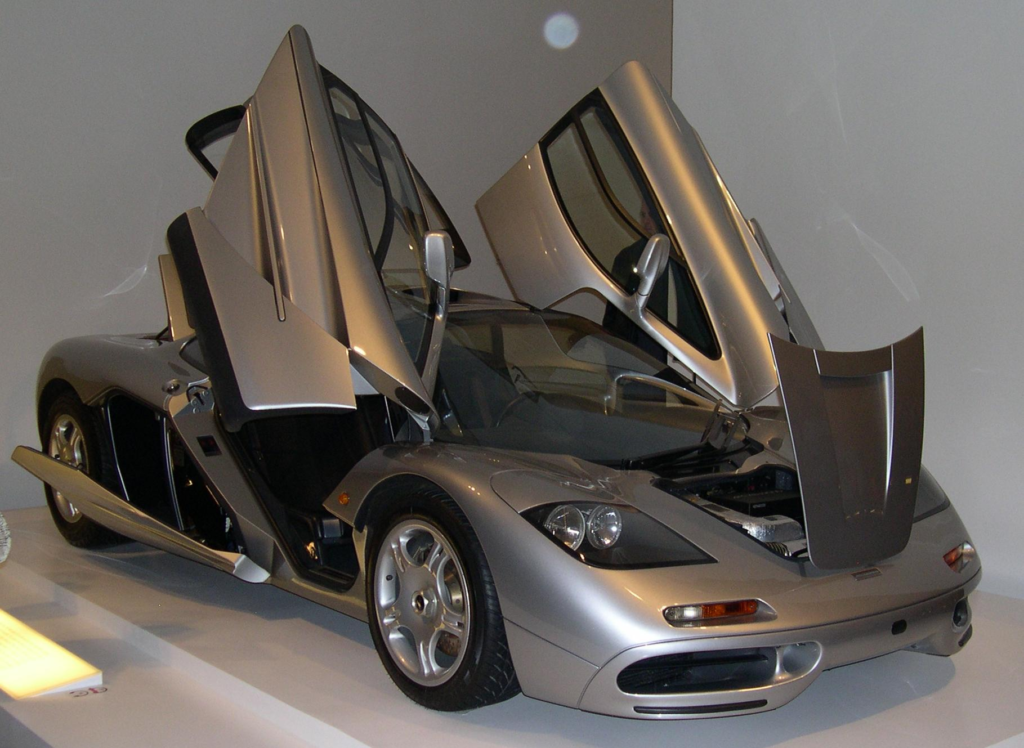
Obsessive engineering detail defines the 1996 McLaren F1, Gordon Murray’s quest for automotive perfection. Its central driving position allows perfect weight distribution and uncompromised visibility. The 6.1-liter BMW V12 produces 618 horsepower without turbochargers, pushing the 2,500-pound car to a record 240 mph. Lauren’s silver example showcases the clean lines that generate downforce without a visible wing. The dihedral doors swing up and forward, easing entry despite the car’s low height. Gold foil lines the engine bay, reflecting heat away from the carbon fiber structure.
The headlights use aerospace-grade lenses for perfect beam patterns. Every panel serves a purpose without unnecessary styling elements.
1996 McLaren F1 (Interior)
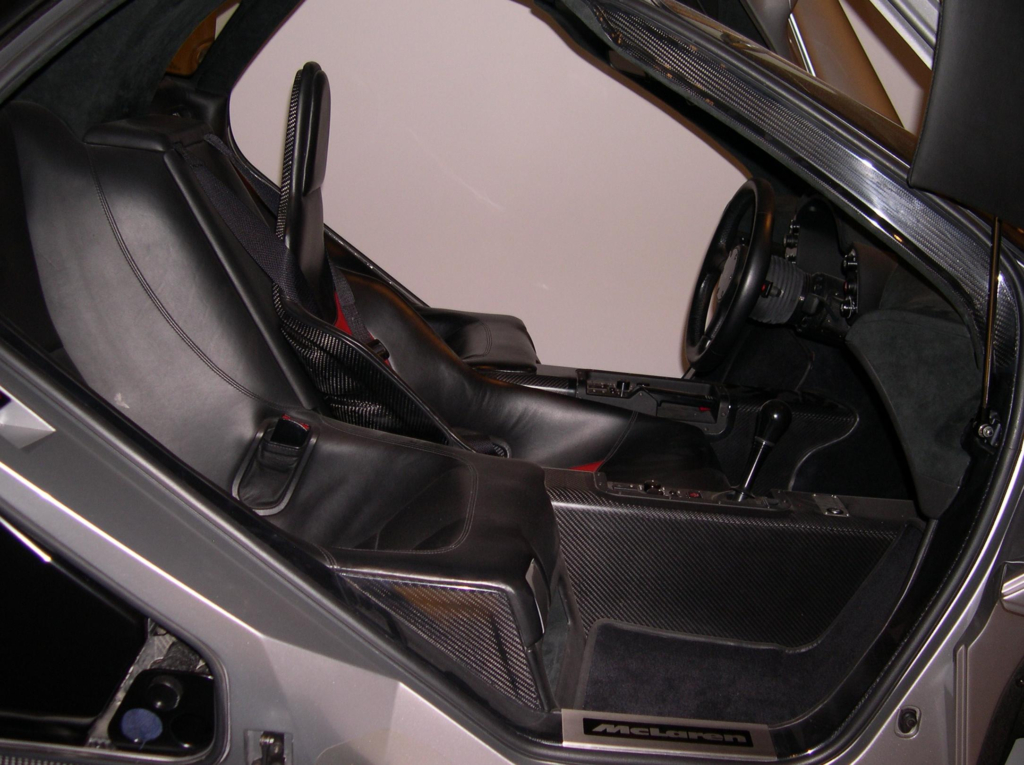
Central driving position creates a cockpit experience unlike any other production car in the F1. The minimalist dashboard houses only essential gauges and controls within easy reach. The driver sits forward of the two passengers, creating a perfect position for both visibility and control. Lightweight carbon fiber forms the structural elements, while leather and Alcantara cover touch surfaces. The steering wheel focuses purely on steering—no buttons or adjustments distract from its primary function. The shifter falls naturally to hand, operating with precise mechanical action.
Lauren’s example features tan leather that warms the otherwise technical interior. The roof-mounted air intake feeds the V12 directly above the driver’s head.
3. 2006 Bugatti Veyron (Exterior)
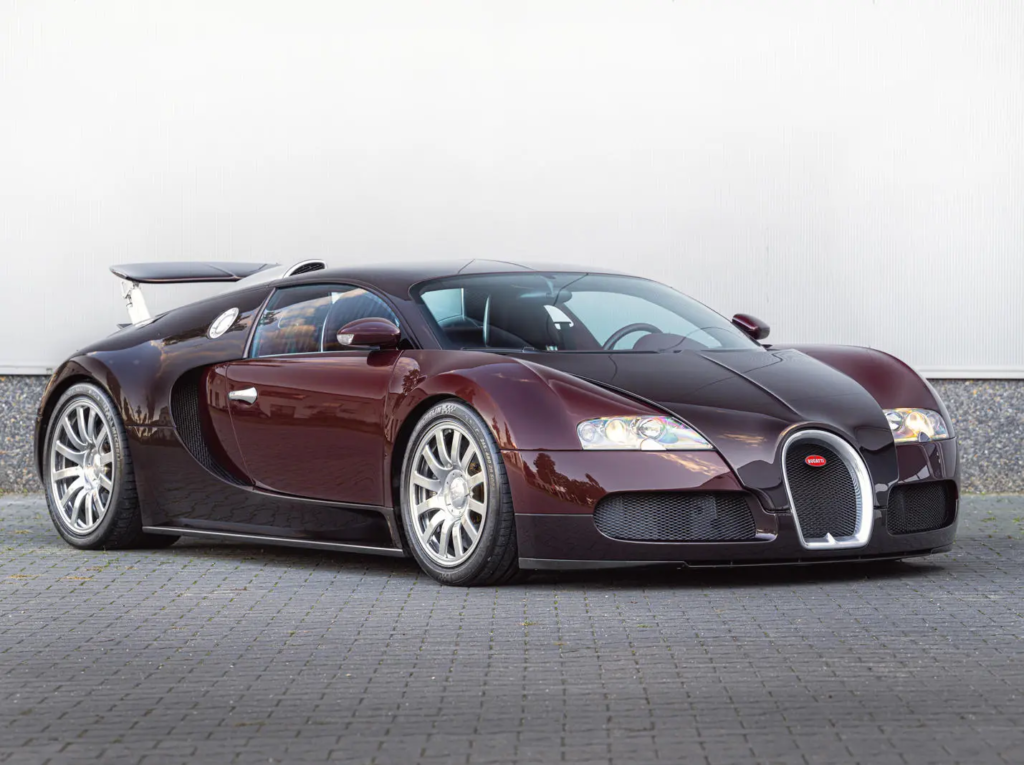
Physics-defying engineering makes the 2006 Bugatti Veyron a hypercar that rewrites the performance rulebook. Its 8.0-liter W16 engine uses four turbochargers to produce 1,001 horsepower, pushing the car to 253 mph. The horseshoe grille connects this technological marvel to Bugatti’s heritage. Lauren’s black and gray example showcases the car’s unique proportions—wide, low, and dominated by massive air intakes. The active aerodynamics deploy automatically at high speeds, maintaining stability without driver intervention. The carbon fiber body panels wrap around the rigidly engineered chassis.
The massive rear wing rises at speed and acts as an air brake during hard deceleration. The polished aluminum wheels conceal the carbon-ceramic brakes needed to control this level of performance.
2006 Bugatti Veyron (Interior)
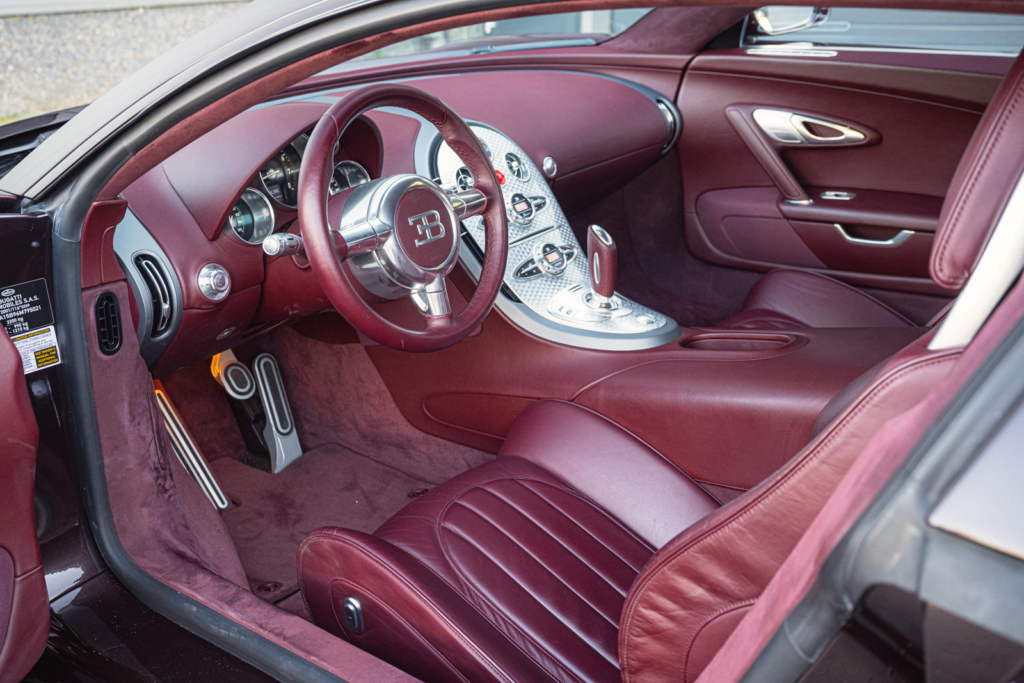
Perfect balance between hypercar performance and luxury touring comfort defines the Veyron’s interior environment. Machined aluminum components create a technical aesthetic that matches the car’s engineering focus. The simple analog gauges provide essential information without digital distractions. The steering wheel houses only the paddle shifters for the 7-speed dual-clutch transmission. Lauren’s example features a black and aluminum interior that coordinates with the exterior colors. The center console uses a single-piece aluminum casting machined to perfect tolerances. The seats provide excellent support while maintaining comfort for long-distance driving.
Climate control, navigation, and audio systems add practical usability to this extreme performance machine.
2. 2010 Lamborghini Reventón Roadster (Exterior)
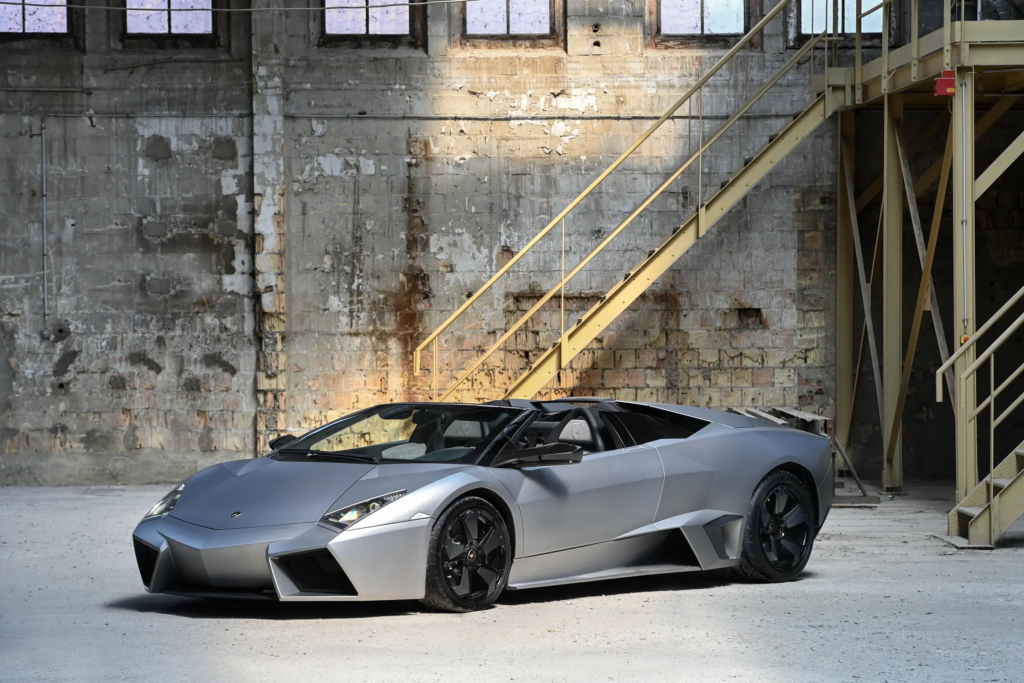
Fighter jet aesthetics translate directly to the road in the 2010 Lamborghini Reventón Roadster with its extreme angular design. Only 15 examples were built, making it one of the rarest modern Lamborghinis. The 6.5-liter V12 produces 661 horsepower, pushing this angular wedge to 60 mph in 3.4 seconds. Lauren’s matte gray example showcases the car’s aggressive lines and sharp creases. The carbon fiber body panels create dramatic shadows across the car’s surface. The massive side intakes feed cooling air to the mid-mounted engine. The front splitter and rear diffuser generate downforce without disrupting the car’s dramatic profile. The Y-shaped LED lighting signature announces its Lamborghini heritage even in darkness.
2010 Lamborghini Reventón Roadster (Interior)

Modern aviation design influences pervade the Reventón Roadster’s cockpit, creating a technical precision rarely seen in production cars. The digital dashboard uses TFT screens to display information in multiple formats, including a g-force meter inspired by fighter jet displays. The seats use carbon fiber shells covered in Alcantara and leather, providing both support and luxury. The steering wheel wears perforated leather with flat bottom and top sections for a competition feel. Lauren’s example features the gray and black interior with lime green accents that match the exterior design language.
The center console houses minimal controls for the climate system and transmission modes. The exposed carbon fiber elements remind occupants of the car’s extreme performance capabilities.
1. 2015 Ferrari LaFerrari (Exterior)

Hybrid technology melds with traditional Ferrari DNA in the 2015 LaFerrari, delivering cutting-edge performance without compromise. Its combined 950 horsepower comes from a naturally aspirated V12 working with an electric motor, eliminating turbo lag while reducing emissions. The carbon fiber body creates functional aerodynamics that generate downforce without traditional wings. Lauren’s red example showcases the car’s dramatic doors that open upward and forward. The sculpted sides channel air to the massive rear intakes. Active aerodynamic elements adjust automatically based on speed and driving conditions.
The headlights incorporate LED technology while maintaining Ferrari’s traditional design language. The rear end features four exhaust outlets and a massive diffuser that maximize high-speed stability.
2015 Ferrari LaFerrari (Interior)
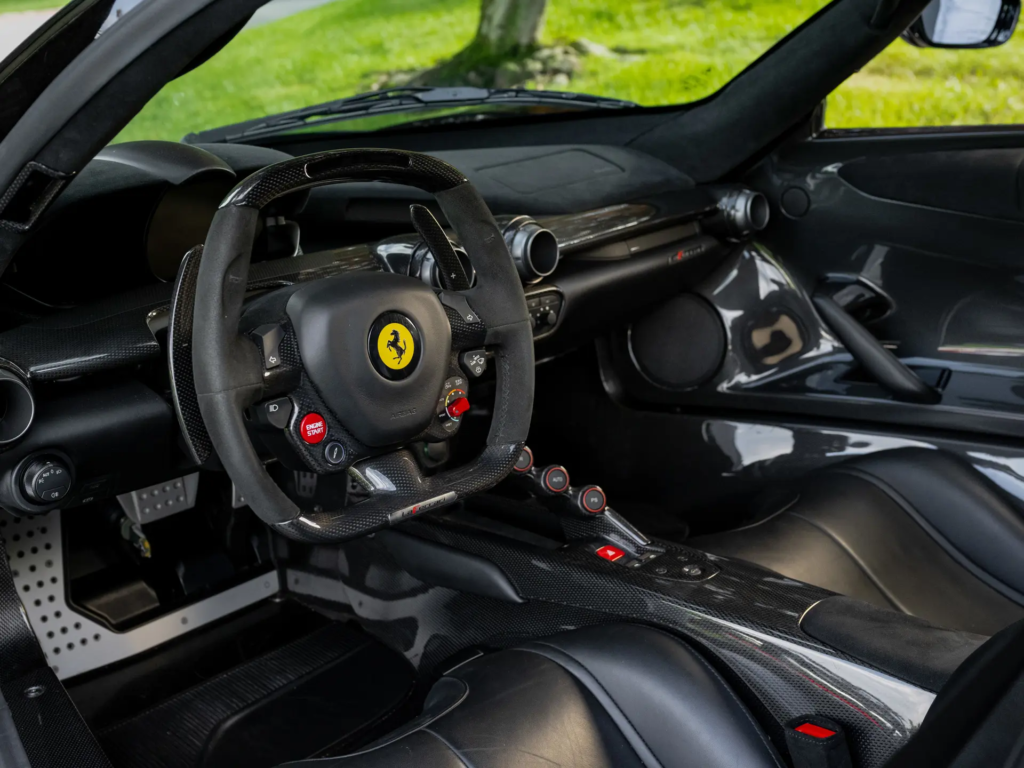
Driver-centric design philosophy reaches its peak in the LaFerrari’s cockpit, wrapping around the operator like a tailored suit. The fixed seat shells are custom-fitted to each owner, with only the pedals and steering wheel adjusting to position. The minimalist dashboard houses a digital display flanked by traditional analog gauges. The steering wheel integrates controls for turn signals, drive modes, and the manettino switch that adjusts vehicle dynamics. Lauren’s example features black leather with red accents that connect the interior to the exterior color. The carbon fiber structural elements remain visible, highlighting the car’s lightweight construction. The center console houses only essential controls, eliminating distractions from the driving experience.





















